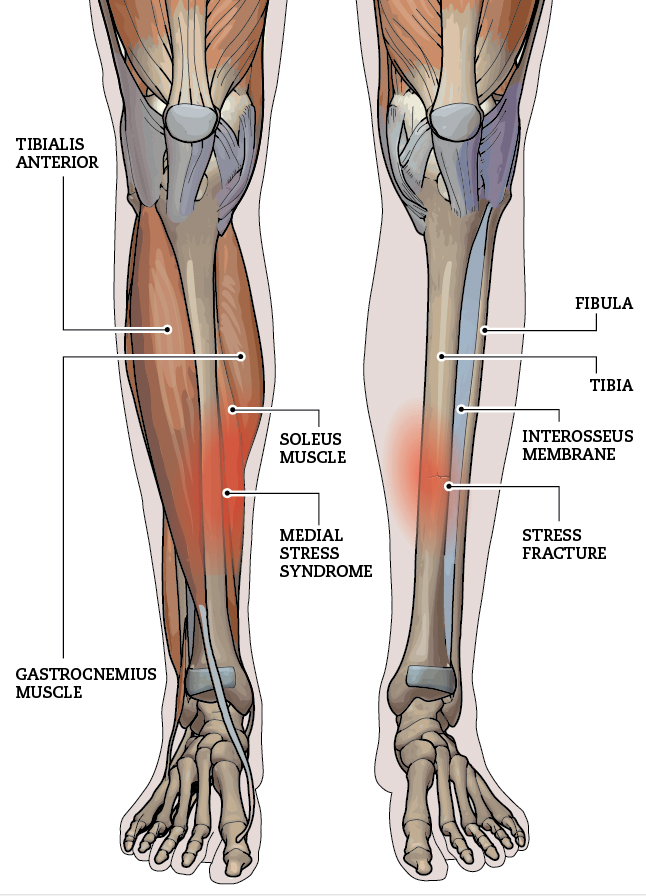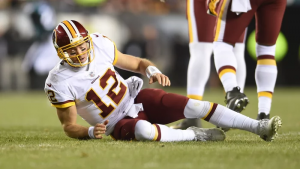On Saturday, February 2nd, the Orlando Magic’s rookie center Mo Bamba missed his team’s game vs The Brooklyn Nets due to a sore lower left leg. He had tests done the following Monday and was diagnosed with a left tibia (shinbone) stress fracture on Tuesday.

Stress fractures are areas of the bone where small cracks occur more quickly than the bone can heal or remodel. The idea of “overuse” injury is largely overstated, but tibial stress fracture seems to be one problem that is due to activity surpassing the body’s generally excellent capacity for healing. Another example is thrower’s elbow.
The accumulation of repeated stress on the bone leading to an area of reduced strength of the bone usually develops over weeks or months.
Stress fractures are known to affect big men in the NBA. Yao Ming of the Houston Rockets ended his career due to stress fractures of the navicular bone in his left foot. Legendary center Bill Walton’s career was also hampered by a series of stress fractures to both his feet. In general, players with stress fractures recover and avoid recurrent issues.
The general course of treatment for a stress fracture is relative rest with some low impact exercises for about six to eight weeks while the bone heals itself. Bamba, however, underwent an unspecified procedure on February 7th. Professional athletes often choose surgery more readily than the average person. These differences between what athletes do and what any one of us might do are the reason that Sports Injury Blog exists. We can only speculate why Bamba decided to have surgery right away, but presumably he felt it would help him get back to play sooner.
Orthopedic surgeons sometimes refer to this as “the dreaded black line”. To some degree that reflects the feeling that rest will work, but it can be difficult to get elite athletes to rest.
Bamba does not yet have a timetable for return. The Magic organization will continue to watch how Bamba responds to rest and rehabilitation, but it seems likely he will miss the rest of the season.


